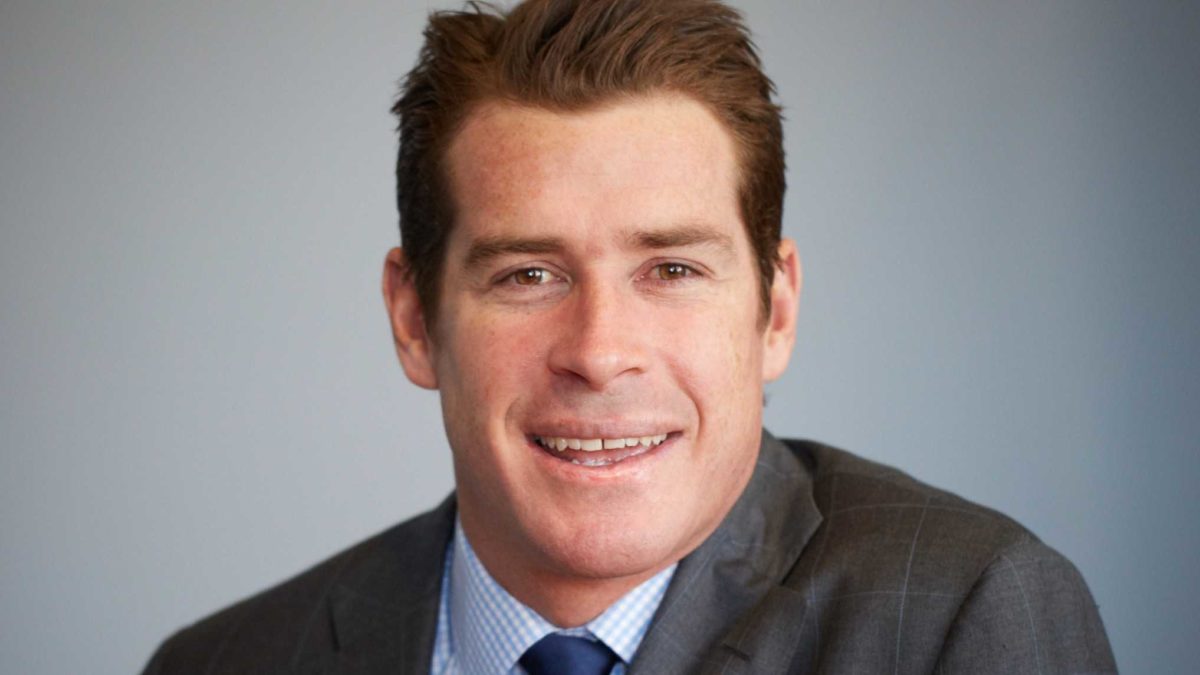Ask A Fund Manager
The Motley Fool chats with fund managers so that you can get an insight into how the professionals think. In this edition, Tribeca Investment Partners portfolio manager Simon Brown tells how 2 success stories, one Australian and one American, are going gangbusters for his fund.
Investment style
The Motley Fool: How would you describe your Smaller Companies fund to a potential client?
Simon Brown: We run a style-neutral, bottom-up fundamental [fund] that's benchmarked to the S&P/ASX Small Ordinaries (ASX: XSO).
Why are we style neutral? Well, we want to try and generate alpha in all types of markets kind of through this cycle, right? So we don't necessarily favour value or growth, but we'll look for investment opportunities wherever we can. We're bottom-up and fundamental because small caps have, in our view, such a differentiated range of stocks, across sectors and emerging industries.
We think it takes a lot of groundwork to kind of identify and understand that many, many opportunities [are] available, or the nuances that kind of come, with small cap stocks as opposed to large cap stocks.
And we also like the fact that within these many emerging sectors and industries, and even within more traditional sectors, you tend to find a lot of faster-growing, more dynamic businesses, which can offer a lot higher returns than large caps.
We've been going for 22 years. We were one of the first small cap funds in the market. And we've delivered 12% compound annual return over those 22 years.
Biggest convictions
MF: What are your two biggest holdings?
SB: First one is Life360 Inc (ASX: 360). It's the category leader in family coordination and safety solutions.
A quick history as to how we came across it… Back in early 2019, we didn't take the [initial public offering] IPO. We liked the leading market position within their vertical, had a great entrenched user base, all of the big addressable markets, global opportunities, et cetera. But it was just a bit early for us at IPO. They'd yet to roll out their membership model, which was kind of what the story was predicated around. We weren't sure whether that was going to get traction with that largely premium user base.
During the [2020 COVID-19 crash], obviously everything got whacked, but… the view was that people were less inclined to use the app. And what we actually saw was perversely the membership model managed to actually get traction during that period. The revenue multiple had materially de-rated.
We saw upside to both the multiple and the fact that this membership was getting traction despite the fact that the business had pulled back on its key marketing lever. So that was a golden opportunity. We did a fair bit of work around it and got really comfortable — and I guess the rest is history.
It's done incredibly well for us and it remains our largest stock and we remain really supportive and are very confident that it continues to present plenty of upside from here.
MF: So when did you buy into it?
SB: It would've been in probably the middle of last year. I'd suspect not long after COVID. We paid between $3.80 and $4 for a lot of stock. I think there were some pre-IPO private equity funds that listed it, that there was a lot of liquidity available around then.
It got to about $2.50, but it seemed kind of perverse that they were managing to get membership traction while everyone and their children were locked down and home from school. So it made us do the extra bit of work just to understand what the hell was going on, but it proved to be an excellent opportunity.
MF: And the second biggest holding?
SB: The other one is PWR Holdings Ltd (ASX: PWH). We consider it one of the great Aussie success stories that nobody's really heard of, to be honest.
It came to market via IPO in 2015, where we participated and built most of our holding. They deliver cooling products and solutions to high-end motorsport, ie, all of the Formula One engines in the cars — responsible for cooling for all the teams. [They are] original equipment manufacturers (OEM). High-end limited edition-run supercars, auto-enthusiast aftermarket, they supply cooling products to them.
Recently they've branched down into emerging tech, which is essentially shorthand for taking the existing IP, the cooling IP and technology, that you've got in your existing verticals and just moving them into adjacencies. There's aerospace and that's both aircraft and potential for flying vehicles and things like that, as well as autonomous vehicles…
They've all emerged from the fact that they partnered with Gian Motorsport, who co-funded their R&D and continue to co-fund… to use that technology and provide cooling solutions in other areas.
[It] is incredibly attractive when you can dominate a niche like that, and then move into other niches and provide bespoke solutions for customers and not have to compete.









